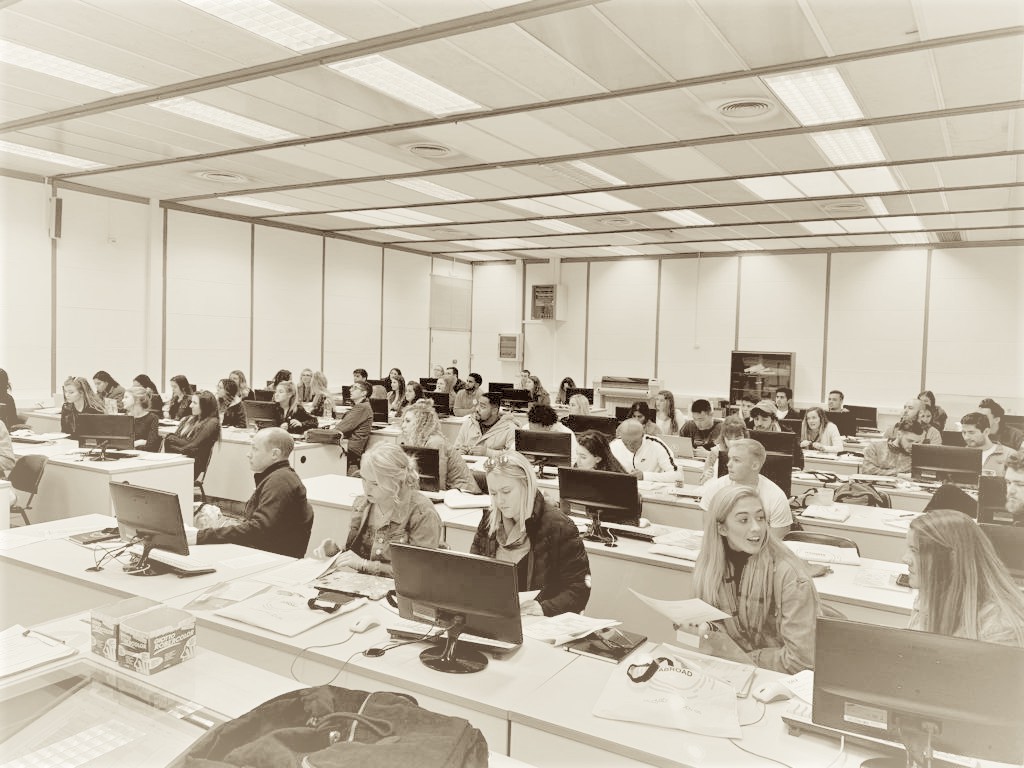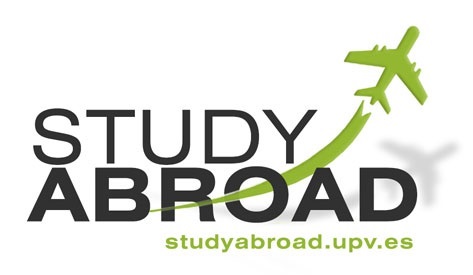
|
|

• Attendance
• Assessments
• Sexual Harassment Policy
• Students With Disabilities
• Academic Honesty Policy
• University Ombudsman
• Statement On Audio And Video Recording
• Syllabus Change Policy
Survey of Spanish Literature I
3 Credits | 300 Level | 45 Contact hours
Textbook
José Manuel Cabrales y Guillermo Hernández: Literatura española y latinoamericana: Libro 1, De la Edad Media al Neoclasicismo, Madrid, SGEL, 2010
A study of the development of Spanish literature through the analysis of literary movements and the comparison of the most important authors of each period from the 12th to 18th century. Texts from different literary genres are selected which demonstrate underlying ideas, idiosyncrasies of the Spanish people and universal values, as well as the literary characteristics of the works themselves.
• Understanding of the literary phenomenon.
• Brief highlights of literary theory.
• Approach to the history of Spain: medieval, Renaissance and Baroque.
• Attention to the birth and development of the Spanish language and literature.
• Analysis and reading of the main works of Spanish literature from its beginnings to the 17TH century.
1. Introducción al curso.
2. La Edad Media: marco histórico y cultural.
3. La Edad Media. La poesía narrativa
4. Los géneros literarios en la Edad Media.
5. Mester de juglaría y el Cantar de Mío Cid.
6. Mester de clerecía: Gonzalo de Berceo (Milagros de nuestra señora) y Juan Ruiz (Libro de Buen Amor)
7. La poesía lírica en la Edad Media. El Romancero y Jorge Manrique (Coplas a la muerte de su padre).
8. La prosa en la Edad Media: Don Juan Manuel (El Conde Lucanor).
9. El teatro en la Edad Media: Fernando de Rojas (La Celestina).
10. El Renacimiento: marco histórico y cultural.
11. Los géneros literarios en el Renacimiento.
12. La lírica italianizante en el Renacimiento: Garcilaso de la Vega
13. La poesía religiosa: San Juan de la Cruz
14. La prosa renacentista.
15. Tipos de novela renacentista.
16. La novela picaresca: El Lazarillo de Tormes
17. La obra de Miguel de Cervantes: Don Quijote de la Mancha.
18. El Barroco: marco histórico y cultural
19. Los géneros literarios en el Barroco.
20. La lírica en el barroco: el conceptismo y el culteranismo.
21. El teatro en el barroco: La Comedia Nacional.
22. Autores relevantes del teatro: Tirso de Molina, Lope de Vega, Calderón de la Barca
The student will be able to
• Apply skills in cross cultural learning relative to personal, professional and academic endeavors.
• Compare and contrast Spanish writings from medieval, renaissance and baroque periods.
• Discuss and identify literary theory present in Spanish writings.
• Analyze parts of Spain’s culture and history through its literature.
Participation 10%
Homework 10%
Readings assignments 20%
Midterm 30%
Final 30%
|
